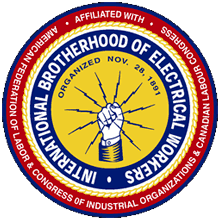June 11, 2013
By Diane Cohen

Albany, NY – In January 2011, DiNapoli issued his first report on the role that public-private partnerships might play in New York’s infrastructure needs. In December 2011, the Governor and Legislature agreed to the Infrastructure Investment Act, which authorized five state agencies and public authorities to use design-build procurement for a limited number of projects, including the replacement of the Tappan Zee bridge. Under the design-build model, design and construction services are awarded to the same contractor and not procured separately.
“New York’s aging infrastructure needs to be rebuilt and repaired but the state’s ability to pay for this important work is limited,” DiNapoli said. “If New York allows private companies to finance public infrastructure projects, they should protect taxpayers and include safeguards to avert costly mistakes down the road. This may seem like an easy-money solution to a complex and growing problem, but poorly structured agreements have significantly cost taxpayers in other states.”
Although public-private partnership (P3) agreements can cover almost any type of public service or activity, the most common projects have involved roads, bridges, buildings and water facilities. In some instances, private entities are allowed to set tolls, fares and other charges. While financing costs tend to be higher for the private sector, the agreements can be attractive because they may lead to more competition, better market pricing and more financing options.
DiNapoli urged policymakers to develop a clear understanding of the potential benefits and costs of P3 projects before taking further action. He noted that a number of states have permitted P3 projects but no state has granted unilateral authority to any state entity to pursue P3 agreements. He cautioned that the private debt and other payments associated with P3s could be costly, and that long term agreements could impact the public for decades. In other states, poorly drafted agreements have been expensive and difficult to correct, and inadequate analysis can lead to undervaluing public assets.



